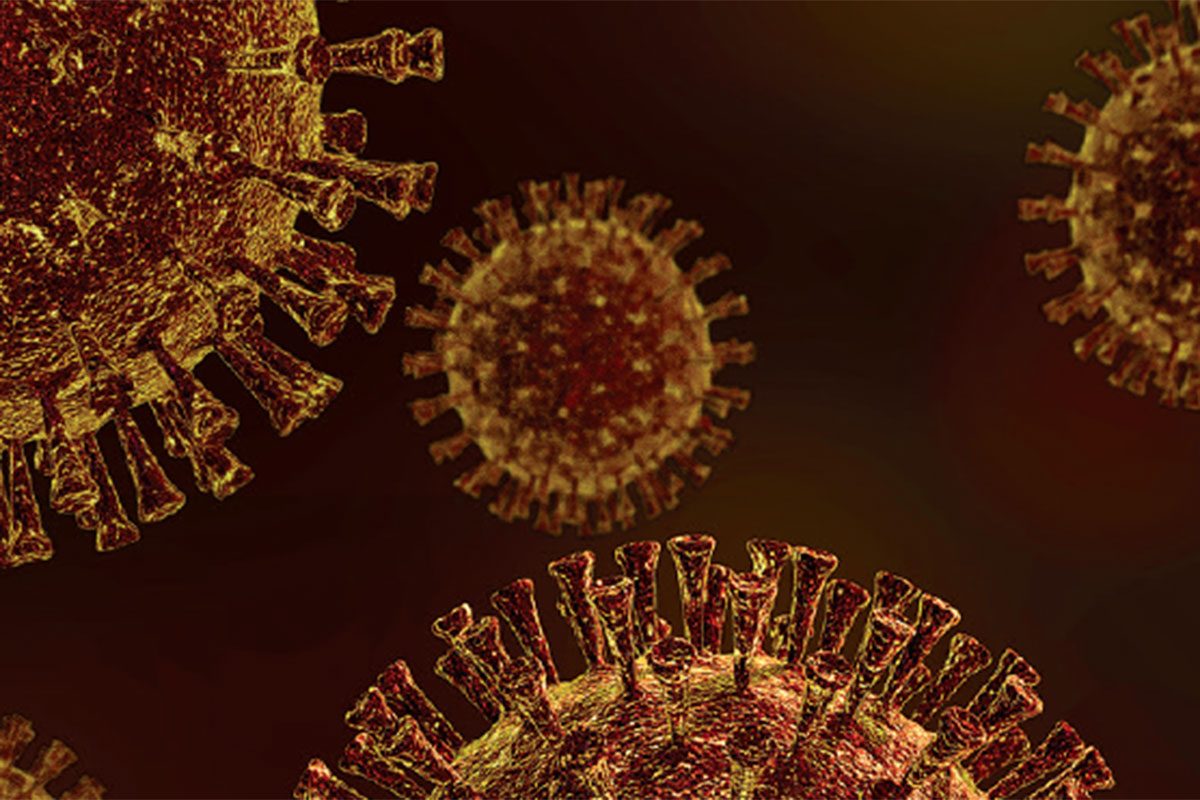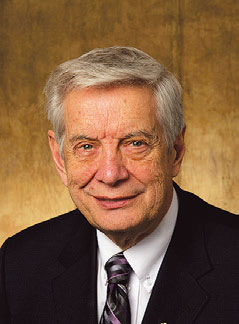
On the history of infectious disease as an academic discipline
My introduction to Infectious Disease (ID) occurred during my third year in the Faculty of Medicine while working at the Winnipeg King George Infectious Diseases Hospital. I cared for children with measles, chicken pox, pertussis and an occasional diphtheria case, as well as old and new cases of polio. And I learned that 20 million individuals died globally each year from infections.
On graduating, I sought entry to internal medicine programs where ID was prominent and I was rewarded with a residency at the University of Maryland, which included eight months in Pakistan. There, I cared for patients with small pox, typhoid fever and rabies under the supervision of Ted Woodward. I then moved to Seattle for an ID Fellowship. During that time I acquired skills in clinical trials methodology under the mentorship of Marvin Turck. However, no one wanted ID physicians in Canada, so I continued in clinical microbiology with John Sherris.

Allan Ronald, Distinguished Professor Emeritus.
In 1968, I returned to Winnipeg. Both the dean and the head of internal medicine at the University of Manitoba assured me that sanitation, vaccines and antibiotics made ID an unnecessary discipline. Thanks to Dr. J.C. Wilt, head of medical microbiology, I was offered a position as a clinical microbiologist. But from day one, I was a busy clinician, seeing more patients than I could manage, with opportunities to teach and initiate research.
Winnipeg and the U of M provided the support needed to build the discipline. I recruited trainees locally and from across Canada and mentored them in clinical care and science. Marc Gurwith, a Harvard MD graduate joined me in 1974; Bill Albritton, an MD PhD at Stanford, was recruited by pediatrics to build ID in 1975. As well, two Manitoba MD recruits, Godfrey Harding and Grant Stiver, after ID training in Winnipeg, spent two years in the U.S. and returned with research skills. In 1976, I was selected as Wilt’s successor. Fred Aoki—an exemplary teacher—returned from McGill in 1977 and provided the faculty with expertise in virology and clinical pharmacology. Forty years later, pediatric and internal medicine ID continue to have integrated rounds and shared learning activities.
As a group, we shared expectations of clinical excellence. Patient care was the priority. We valued the opportunity to bring clinical microbiology to ill patients and make the lab an exciting venue for learning. And we expected each other to create a research niche in which we would build excellence, seek grant support and generate new knowledge. My initial area was urinary infections and for three decades, with colleagues, we were among the 8 to 10 centres with this research expertise.
I had learned hospital infection control in Seattle. With a nurse colleague, we initiated a hospital-wide program addressing health care-related infections and trained a cadre of 20 nurses.
The medical microbiology administrative staff led by Theresa Birkholz made work fun. Fellows were applying to our program: Tom Marrie, Jim Brunton, Lindsay Nicolle, Greg Hammond, Bill Cameron and Don Low are a sample of the outstanding individuals who each went onto academic careers that eclipsed my own as ID physicians and scientists.
In 1975, an epidemic of an ugly, ulcerating sexually transmitted infections (STI) appeared and we recognized it as chancroid. My fellow, Greg Hammond, pursued the disease, eradicating it from Winnipeg. Then the World Health Organization STI committee, on which I was serving, requested our assistance with a huge chancroid outbreak in Kenya. Margaret Fast, a remarkable ID pediatric fellow, went to Kenya to set up a research program with professor Herbert Nzanze.
Following Frank Plummers’ recruitment in 1981 and the appearance of AIDS, the focus became HIV/AIDS. Frank brilliantly led a series of groundbreaking studies. Robert Brunham joined our group and the enterprise in Kenya and became head of medical microbiology and ID, adding to the expertise in STIs, including the basic biology of Chlamydia trachomatis.
Looking back, what were the lessons? My success was due to colleagues who shared the journey. We focused on sick individuals who needed and valued what we had to offer. Patients also taught us to be good doctors. But research had an equal status from the beginning.
We endeavored to compete with the best and publish in highly regarded journals where the information could change the world.
The challenge of AIDS and a host of other unknown infections were off in the future. But together we intended to be prepared.
Story originally published in ResearchLIFE Winter 2018 Edition. Read the full magazine online.
Research at the University of Manitoba is partially supported by funding from the Government of Canada Research Support Fund.






